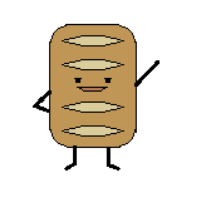Hello,
again I have a problem. I want to check, wether a value is greater or equal to zero. Seems simple, but there is one problem. So far I did it that way:
But somethimes a is -0.0 or -Infinity. In both cases the following code shouldn't be invoked.
Has someone an idea?
Thanks
1 2 3 4 5 | int a;//initialising a by calculating somethingif( a >= 0 ){//do something} |






